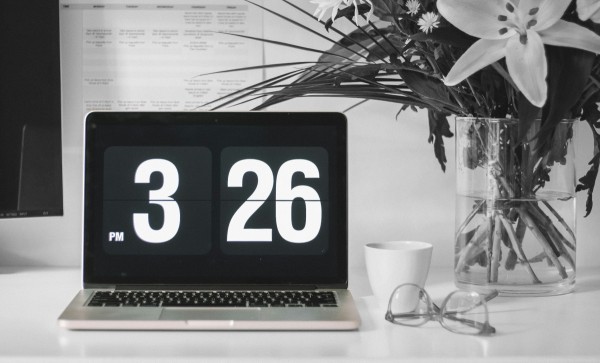It is not only nice to spice up marketing or transactional emails with images, it also makes sense to ensure a consistent brand presence across all media. But how should the images be embedded? There are several possibilities:
Inline embedding
- CID (or Content-ID): CID has been used for many years. Here, the image is embedded in the e-mail and a reference in the image tag is used to refer to the embedded image. The problem with embedded CID images is that they work fine in most desktop email clients, but most likely not at all in web-based email clients like G-Mail.
- Inline embedding (Base64 encoding): This method is much easier to implement because it does not refer to attachments, but simply inserts the Base64-encoded image data in the image tag. How to convert the images into Base64 strings, there are numerous hints on the web and also online services with which you can convert the images directly.
What these methods have in common is that they significantly increase the size of the e-mail and it is not possible to be sure whether the images are also displayed in the clients or whether they are already deactivated by the clients or e-mail providers. Outlook in particular requires a great deal of testing.
Linked images
The alternative to embedded images is to link the images. This is what most senders of newsletters do today. Here you have to consider how many recipients your newsletters go to and in which time period the images are accessed. With this method, the server load occurs at the time the images are accessed, i.e. when the recipient opens the e-mail or downloads the images.
Note the image sizes. No one likes to download a 12 MB file in a newsletter just because someone wasn't paying attention when creating the image data. It may also make sense to use special mobile images to show your pictures to their best advantage. You should always provide the images with the complete URL path so that they can always be loaded.
With linked images, the recipient decides whether he or she wants to see the images or not. With inline pictures, on the other hand, you try to send the pictures with "force". So your pictures should also be interesting enough that the recipient likes to download and look at them. Not to be forgotten is also a meaningful "alt text", which is displayed when the image is not loaded.
What all methods have in common, however, is extensive testing.
As a rule, you first test internally with on-board tools. Please orientate yourself on complicated clients like G-Mail or Outlook. If your mails look good there, there is a high probability that they will also look good on other devices. iOS devices, on the other hand, are not so well suited for testing, as they are relatively tolerant with regard to image displays. One can also test different operating system, device and client constellations via special services. It is also important to keep the balance of image and text, as this has an influence on whether your newsletters are classified as spam or not. In particular, sending a single image is discouraged in this context.
And of course it also makes sense to observe your competitors, sometimes even beyond the boundaries of your own competition. There you can get numerous suggestions on how others work. You don't have to work out everything yourself, but can learn from others. https://admon.email supports you in this in a simple way.



